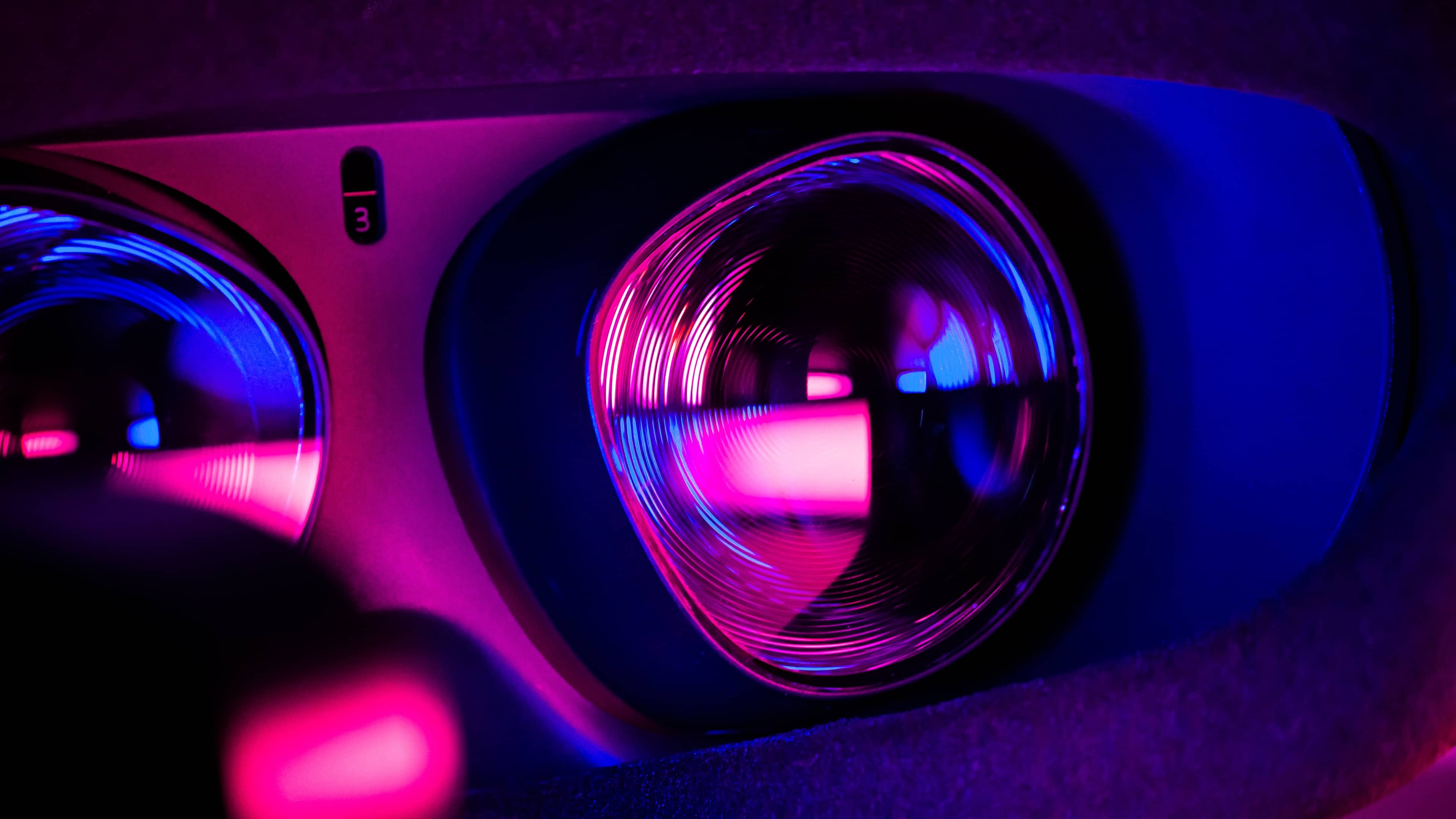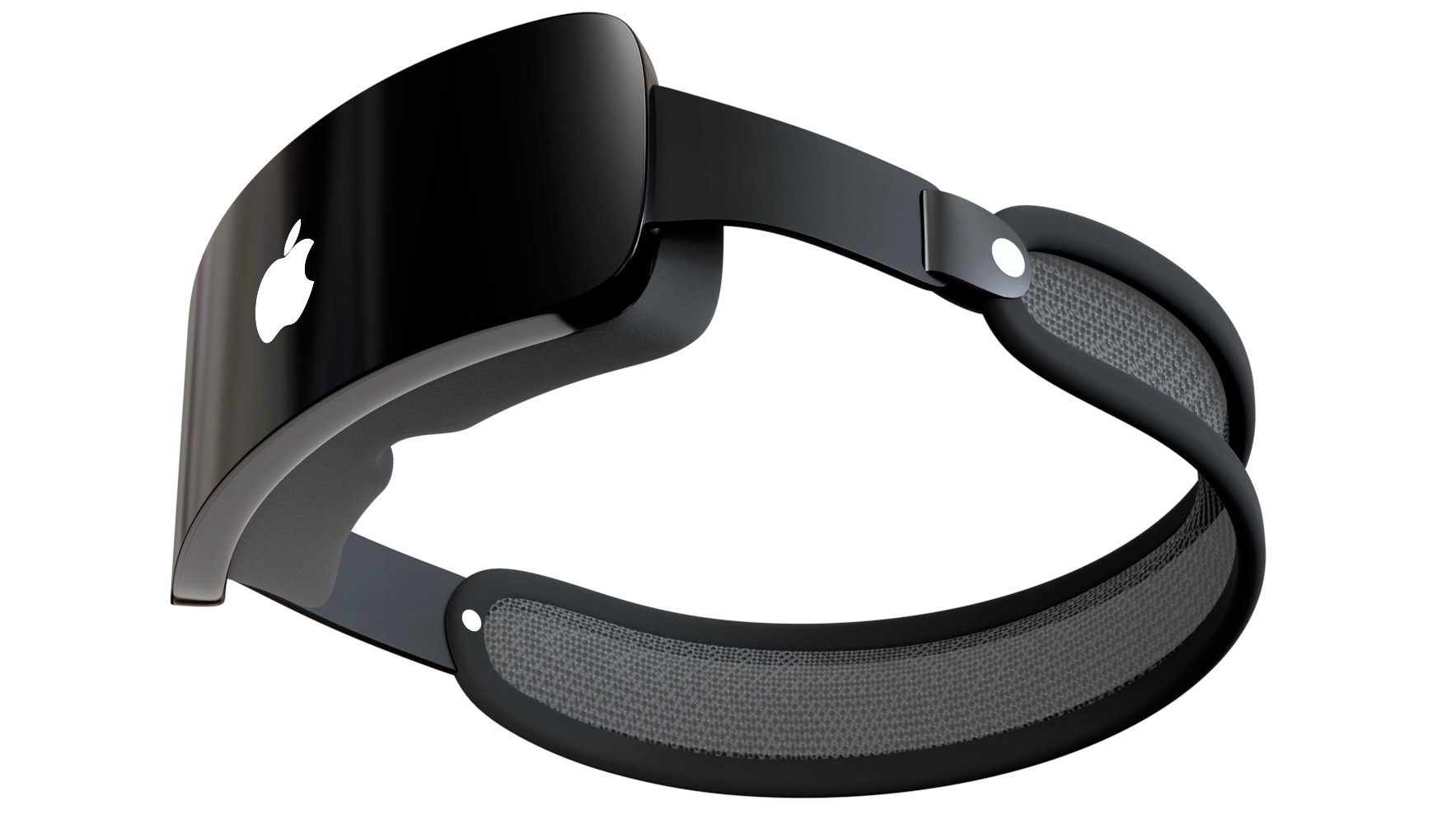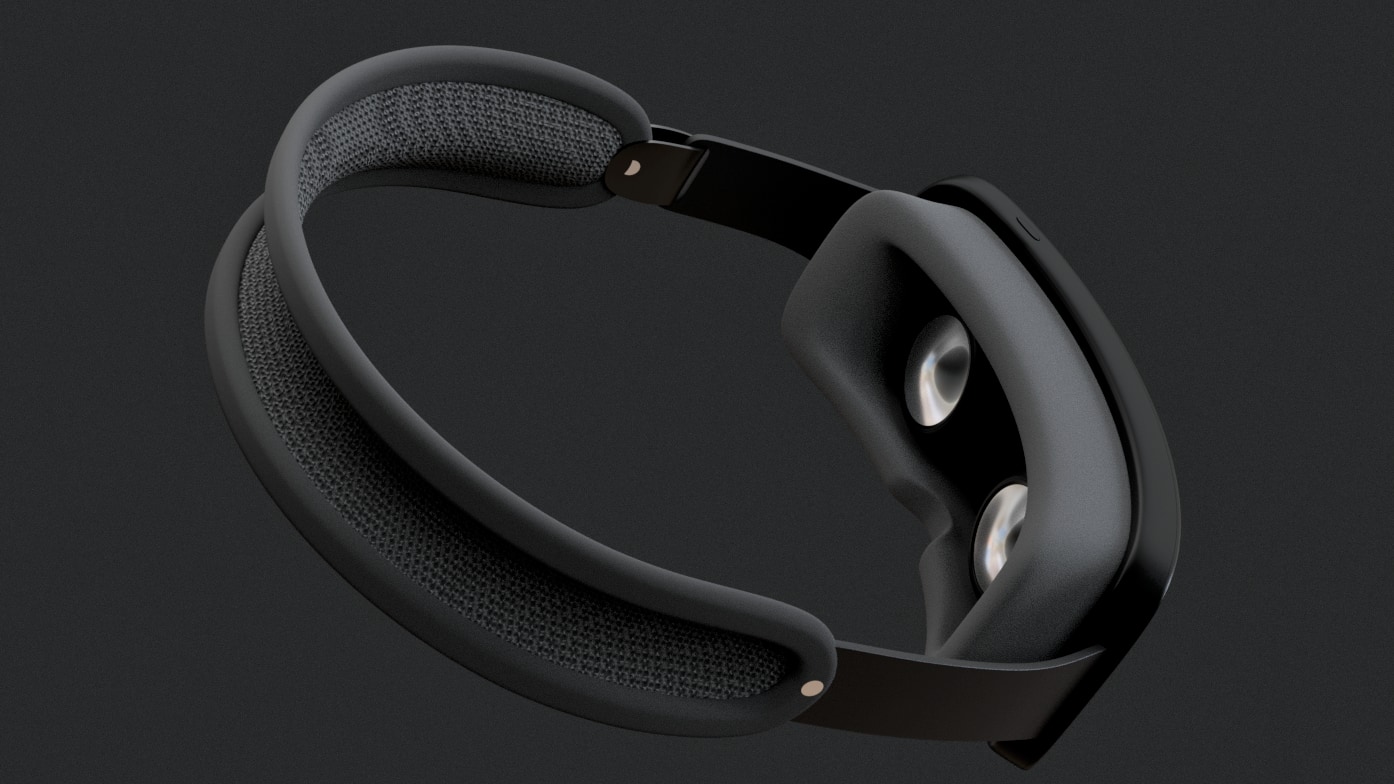The curved appearance of Apple’s headset, its lightweight design and sophisticated components are reportedly causing supplier problems.

The Information reports some interesting tidbits about the rumored Apple headset that should be finally announced at the June 5 WWDC keynote. Its curved design will test the manufacturing skills of Apple and its suppliers “like nothing before.”
Apple headset manufacturing challenges
Wayne Ma, The Information:
The headset is the most complicated hardware product Apple has ever created due to its unconventional curved shape, thinness and ultralight weight, resulting in an expected budget-busting price tag of around $3,000.
And:
Several internal digital renderings of the device, which The Information has viewed over the past few years, show a piece of curved glass with edges wrapped in a smooth aluminum frame that appears to be slightly thicker than an iPhone.
The full paywalled report on The Information has other interesting tidbits.
Unprecedented: A bent motherboard
For example, the Cupertino technology giant has apparently designed a bent logic board, a first in the industry. The front of the headset also uses premium curved glass, which is neither easy nor cheap to manufacture at scale.

The headband uses a soft material and attaches to a pair of hard temples with integrated speakers. The headset uses carbon fiber that helps keep the device lightweight. A soft cover on the back of the device is easily removable.
The headset’s curved shapes and design are said to give assembly workers a headache, causing them to struggle installing the internal components.
Prescription lenses will magnetically clip into the headset
Folks who wear glasses will need to buy prescription lenses to use the headset, which isn’t ideal. The lenses will apparently magnetically clip into the headset.

There’s a Digital Crown-like dial above the right eye that you can turn to seamlessly switch between virtual and augmented reality. A power button is above the left eye. A cable that connects the headset to a battery pack in a user’s pocket uses a magnetic connector that resembles the Apple Watch charging puck.
Micro-OLED displays are as bright as high-end TVs
Supposed specifications for the micro-OLED screens for the Apple headset were recently published on Twitter by Ross Young of Display Supply Chain Consultants.

Each display reportedly measures 1.4 inches diagonally, with Apple apparently “targeting” at least 5000 nits of peak brightness—similar to some premium TV sets.
Actual brightness in regular use could be much lower—Meta’s Quest 2 has a brightness of 100 nits in regular use. Sony’s Playstation VR 2 has a brightness level of 265 nits, while the HoloLens 2 from Microsoft offers 500 nits brightness. And Magic Leap 2 has a brightness ranging from 20 nits to 2000 nits.
The high brightness levels will help Apple’s headset render high dynamic range (HDR) content, something rival headsets don’t offer. The displays will have 8K resolution (4K per eye at 4000 pixels per inch). Each is built directly onto silicon wafers rather than glass substrates to make them as thin as possible.
You want more, I will give you more: Micro OLED specs for Apple's AR/VR headset:
1.41" in diagonal
4000 PPI
>5000 nits of brightness— Ross Young (@DSCCRoss) May 30, 2023
Apple fixes defective OLEDs
The Information says that Apple even fixes defective OLED panels instead of discarding them because they’re so costly to produce. Sony reportedly won’t be able to build micro-OLEDs for more than 250,000 Apple headsets this year.
This is most likely why some analysts recently cut down their shipment predictions drastically from about a million units to just 100,000-250,000 headsets in 2023.